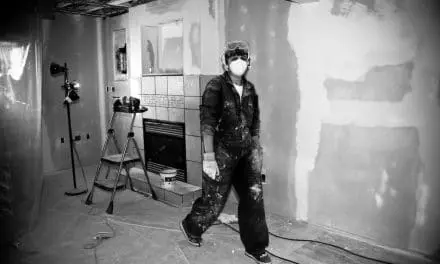The CarbonShack Lighting series not only celebrates the ethereal beauty of fungi, plankton, and algae—it literally shines a light on elements that play a major role in our green evolution. Designing “green” is a holistic approach, rather than a singular aesthetic. And nature-inspired biophilia is proven to support wellness in many sustainable and beautiful homes.
Today, we have a newfound respect for and creativity around life’s smallest building blocks. Materials like fungi, algae and lichen are used to make everyday objects, from fashion to interiors. The first “mushroom leather” was developed in 2012, and vegan fashionistas were the first to recognize its burgeoning potential. In 2021, French luxury design house Hermes debuted its Victoria Bag, featuring a leather-like product created from just one part of the mushroom: mycelia. This is fungi’s underground network of fibrous tendrils that break down organic matter, sequestering carbon in the process. With automotive, packaging, and furniture designers as partners, who knows where mycelium manufacturer MycoWorks might turn up next.
While algae, which includes phytoplankton, has received notice as a green alternative to fossil fuel, it is also being tested as an air purifier, a print medium, plastic recycler, and a food resource—among other things. It is a busy multi-tasking green resource!
Sustainable production
For this lighting series, CarbonShack chose 3D technology to print with biodegradable plastics. The fixtures feature 2-nylon-6 nylon shades. Nylon is useful and versatile in 3D printing, exhibiting both flexibility and strength. In its raw state, the 3D-printed nylon has a transparency and materiality that closely mimics natural calcium structures, like bone and shell.
The light sources use energy-efficient LED illumination, made in the USA. And bases are available in a variety of finishes, including wood veneers, bronze and other plated metals, and 3D printed nylon.
Microbiology inspires!
With sustainability at the center of what they do, CarbonShack Design is fusing the biophilia design trend with people’s desire to have sustainably sourced, locally fabricated home furnishings. Drawing inspiration from mycelium, algae, and lichen (a symbiotic partnership of a fungus and an alga), CarbonShack has created collections of home furnishings and materials that celebrate the intrinsically beautiful patterns of nature and the crucial role they play.
Their line of unique light fixtures explore these intricate organic structures. They are designed and fabricated in the US, using 3D printing technology, LED illumination, and wood veneers. The unique forms and patterns of the mono-color luminaires have a striking daytime appearance, and at night they come to life, glowing with warm light.

CarbonShack’s Mycelium Series uses a layered wood-veneer interpretation of these dynamic natural structures. Tiny mycelium lattices are normally hidden, but these lampshades display their organic beauty. Photo by James Chou Photography
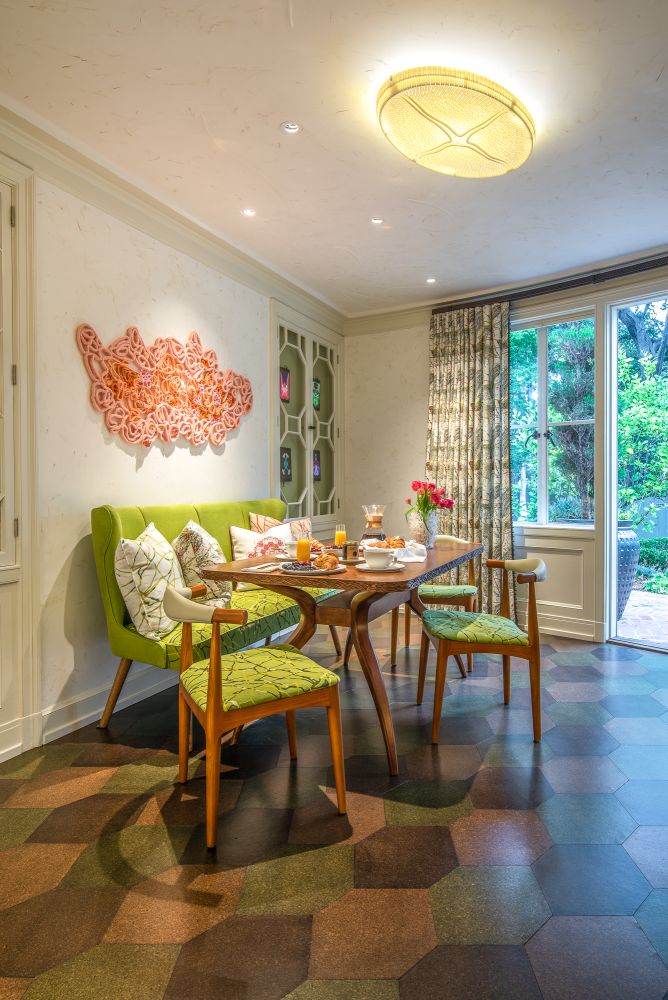
CarbonShack has chosen to represent the microscopic aquatic algae diatom as a wall-mounted sconce or ceiling-mount with four variations: Arachis, Discus, Ellipse, and Oval. With their bilateral and radial symmetry, they are often referred to as “jewels of the sea.” Photo by Nolasco Studios
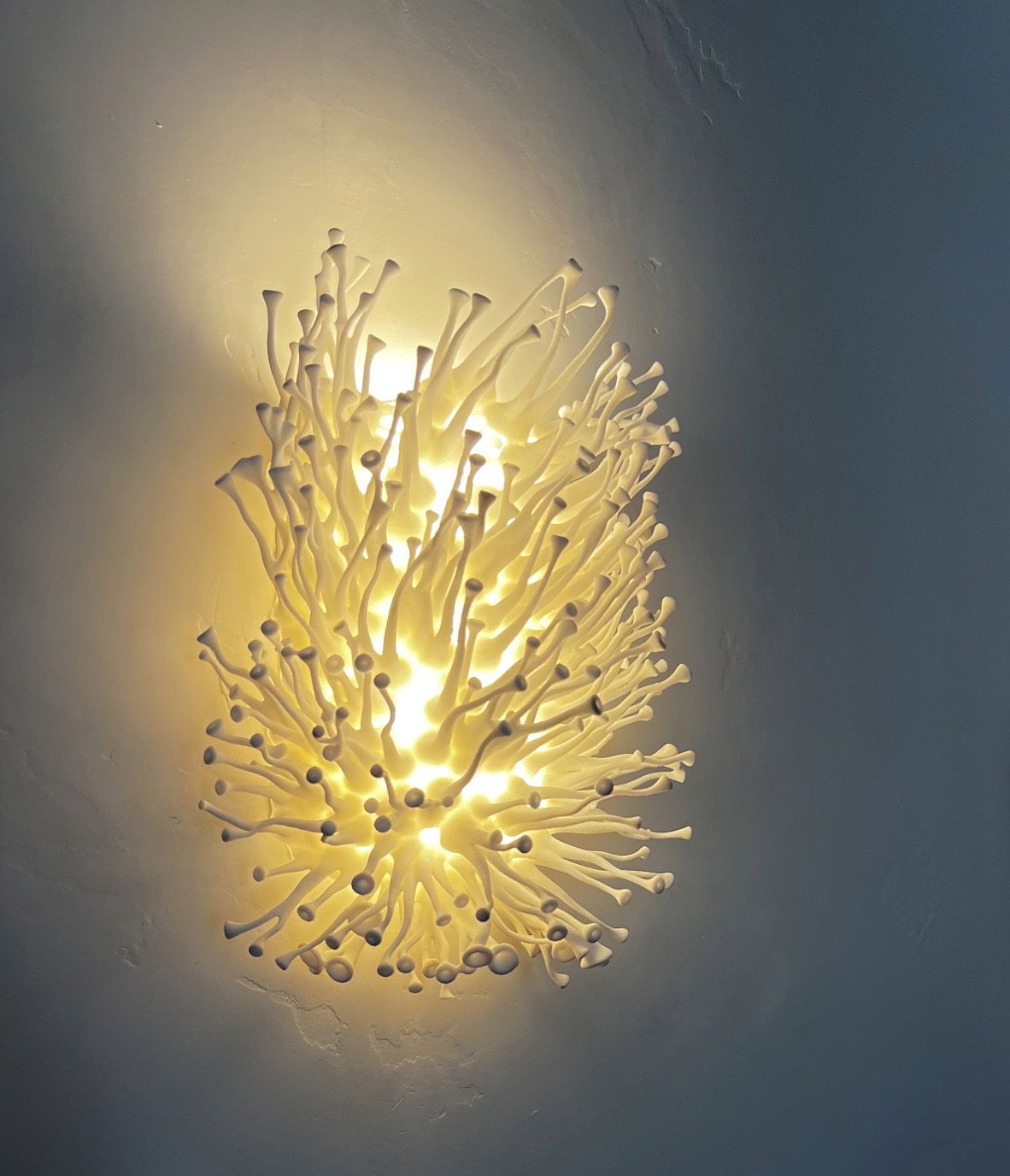
Lichen, a symbiosis of fungi and algae, also absorbs carbon and produces photosynthesis. Californians in particular should be proud to learn that there are more than 1,500 species within the state. With pendants and sconces modeled after the trumpet-like, Cladonia fimbriata lichen, the designer suggests a hopeful, uplifting future for the planet. Photo courtesy CarbonShack Design
For more microscopic biophilia, stop by CarbonShack’s low-carbon case study home, Casa Zero.
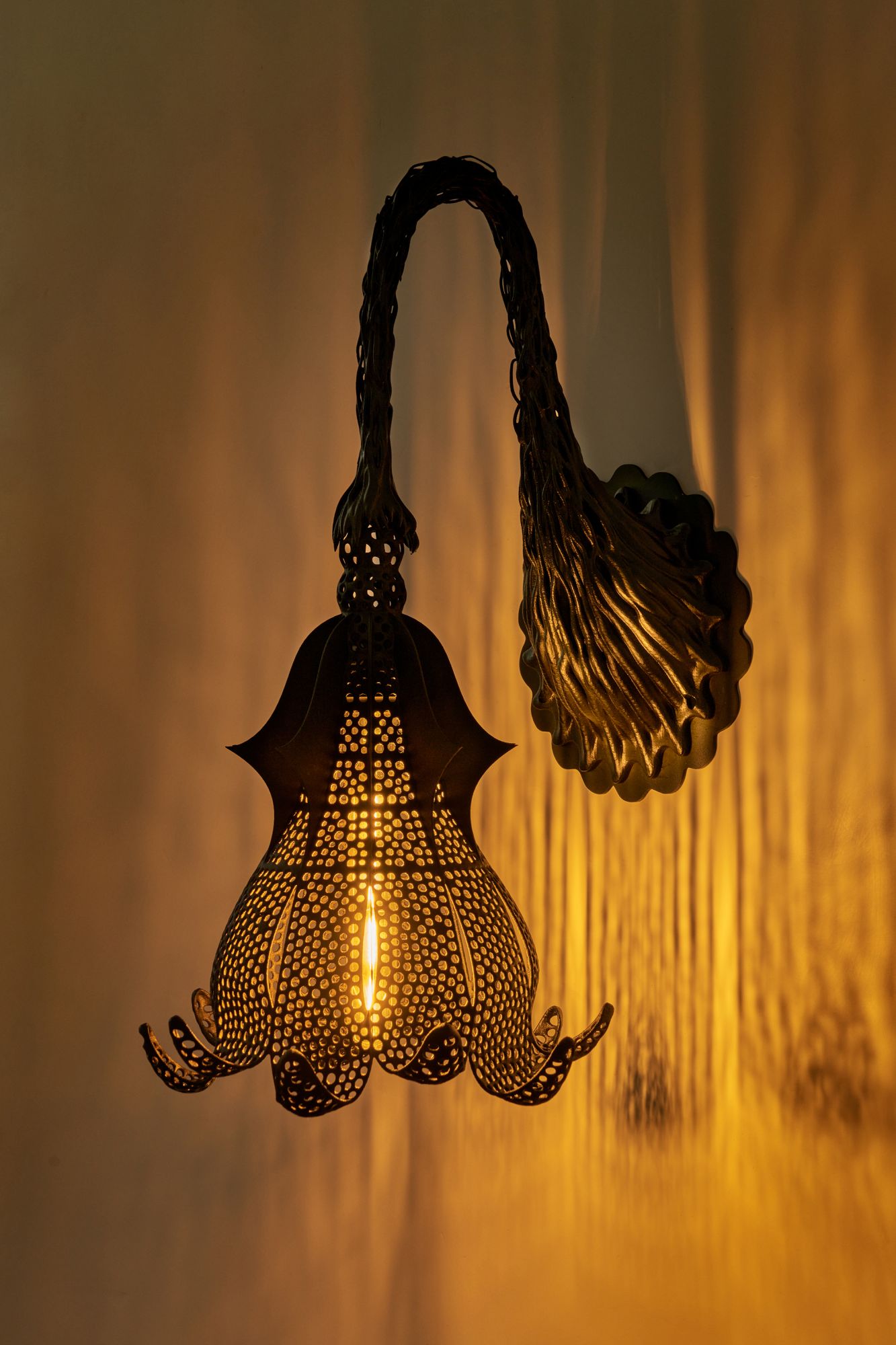
CarbonShack revives the passion of Art Nouveau in its re-creations of Cyrtoidea, a radiolarian zooplankton that features opaline skeletons of astonishingly intricate radial forms, including spines, fins, and fine perforations. According to ecopreneur and CarbonShack founder Steve Pallrand and artist Rachel Mayeri: “Building on Haeckel’s etchings, we have recast the Cyrtoidea form into a delightful three-stage series of nascent organic development, from Bud to Expectant to Blossom.” Photo by James Chou Photography
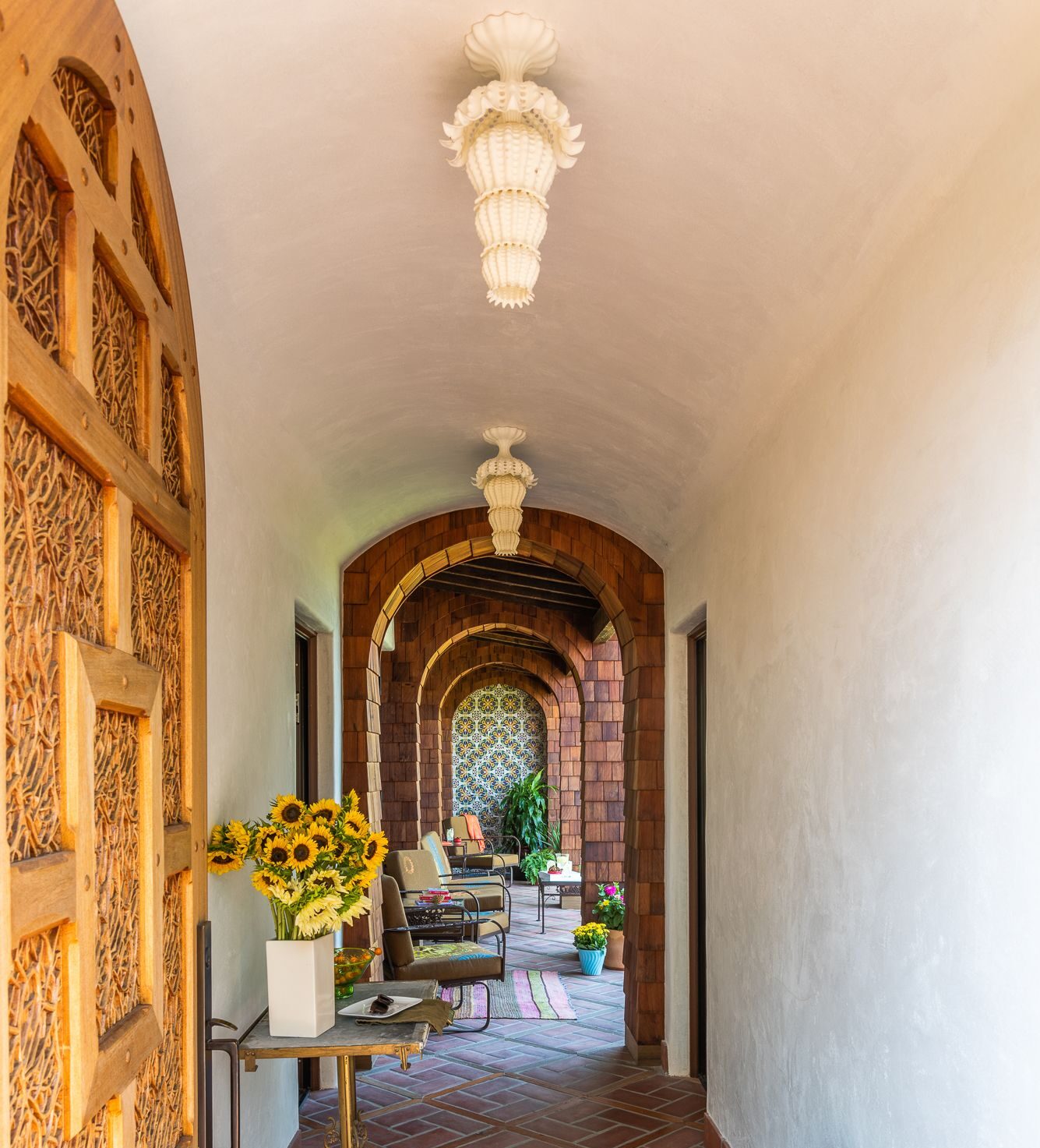
The striking Thalamphora is a tiered, semi-flush mount modeled after the elaborate, microscopic shell of an ancient rhizopod. The design references Ernst Haeckel, a renowned artist of the 19th century who explored the natural world and rendered its beauty in multicolored illustrations. Haeckel’s book Art Forms in Nature contained collections of microorganisms in fine detail. It inspired artists of the burgeoning Art Nouveau movement, who were fascinated with the undulating forms of lichen, zooplankton, and shell-less mollusks like jellyfish and octopuses. Photo by Nolasco Studios

The magnificent Medusa Chandelier, featured in the CarbonShack case study home Casa Zero, is crafted from fiberoptics, which catch the light, laser-cut aluminum, and 3D-printed biodegradable nylon. Some medusae softly luminesce, but this luminaire, in three sizes, shines a light on these microscopic, invaluable sea creatures. Photo by Erika Bierman


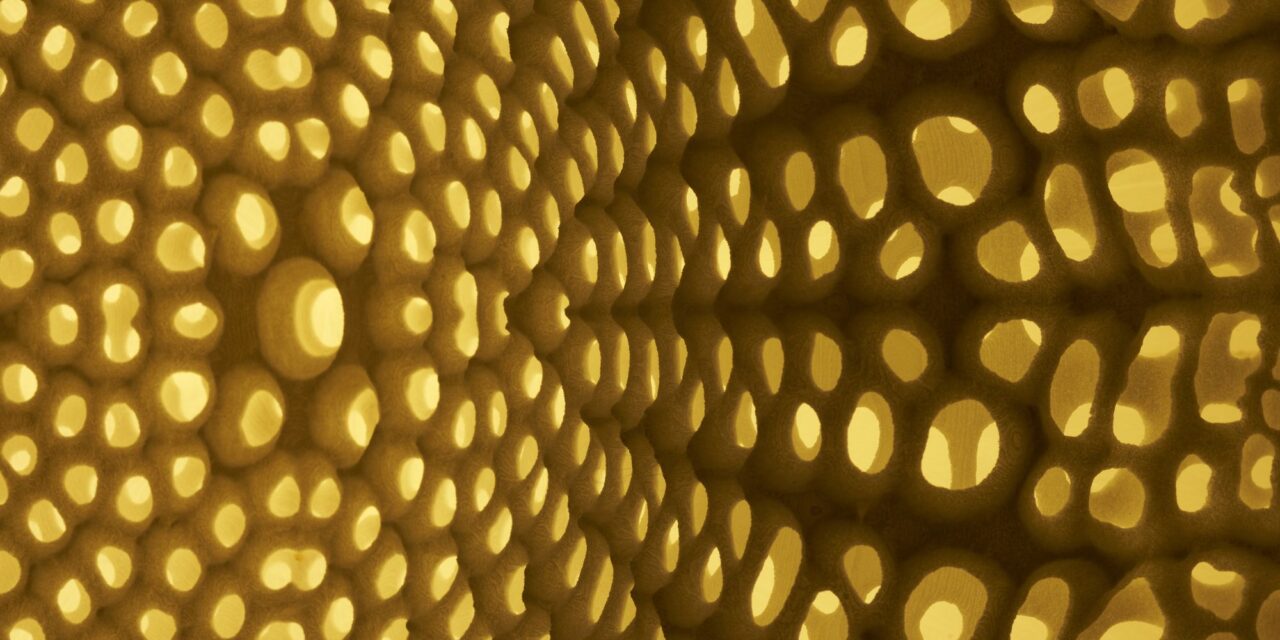

![10 Steps Toward a Zero Energy Home [Infographic]](https://elemental.green/wp-content/uploads/2016/04/cbfb-440x264.jpg)
